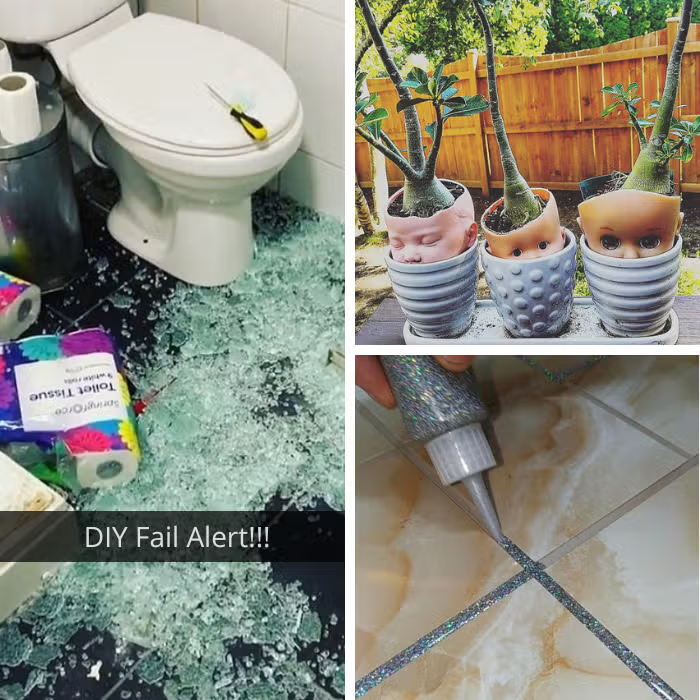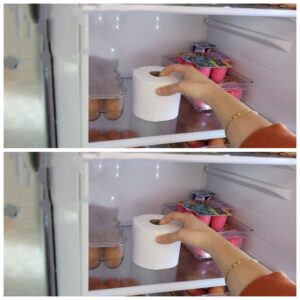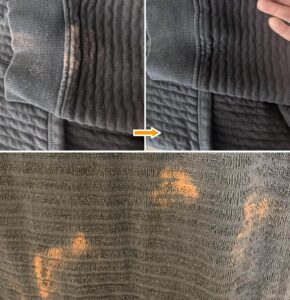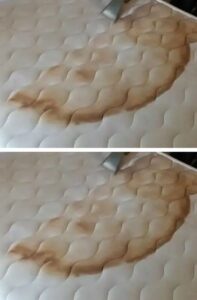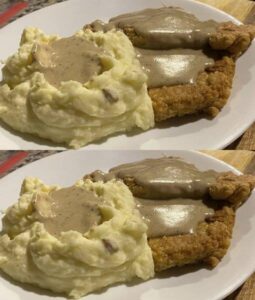Papaya Leaves: A Versatile Natural Remedy for Health and Wellness
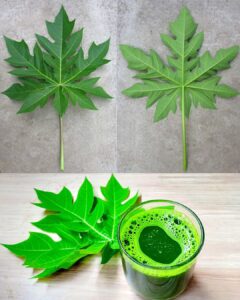
Papaya leaves, often overshadowed by the popular fruit from the Carica papaya tree, hold a treasure trove of health benefits. Native to Central America, this plant has become a global staple, with its leaves now gaining recognition for their medicinal properties.
Nutritional Profile
Papaya leaves are rich in essential nutrients. They contain enzymes like papain and chymopapain, known for improving digestive health. Alkaloid compounds, such as karpain, promote hair health and combat conditions like dandruff. These leaves are also abundant in vitamins A, C, E, B, K, and minerals like magnesium, calcium, iron, and potassium.
Digestive Health
The enzymes in papaya leaves, including amylase and protease, aid in breaking down proteins, carbohydrates, and minerals, enhancing nutrient absorption and digestion. This natural remedy is effective in cleansing the colon and preventing constipation. There’s also evidence suggesting papain’s role in preventing stomach ulcers.
Diabetes Management
Papaya leaves may be particularly beneficial for individuals with type 2 diabetes. Studies have shown that they can enhance glucose sensitivity and reduce glucose levels, thus aiding in insulin sensitivity and potentially easing diabetes-related complications.
Immune Support
Papaya leaf tea can be a comforting remedy for colds, flu, and fever. The antioxidants in the leaves boost the body’s immune system, helping to fight off illnesses. They also aid in regenerating platelets and white blood cells, vital for combating diseases.
Women’s Health
For women experiencing menstrual pains, papaya leaf tea or juice offers relief. It eases menstrual flow, balances hormones, and addresses symptoms of PMS, providing a natural alternative for menstrual discomfort management.
Anti-Cancer Properties
Papaya leaves have shown potential in the fight against cancer. Laboratory studies have revealed promising effects of papaya leaf tea against various cancer cells, including breast, lung, cervical, and pancreatic cancers. The leaves’ ability to stimulate immune cells that fight cancer cells suggests their potential as a non-toxic alternative cancer treatment.
Papaya Leaf Tea Recipe:
Ingredients:
- Fresh papaya leaves
- Water
Preparation:
- Rinse the papaya leaves thoroughly.
- Chop the leaves into smaller pieces.
- Boil water in a pot and add the papaya leaves.
- Let it simmer for about 10 to 15 minutes.
- Strain the tea and let it cool.
Papaya Leaf Juice Recipe:
Preparation:
- Put the cleaned papaya leaves into a juicer.
- Process the leaves to extract the juice.
- Pour the juice into glass bottles and store it in the refrigerator.
- Consume within 4 to 5 days, starting with 1 tablespoon per day and gradually increasing to a maximum of two tablespoons per day.
In conclusion, papaya leaves emerge as a versatile natural remedy with a spectrum of health benefits. From aiding digestion and diabetes management to boosting immunity and offering potential anti-cancer properties, these leaves are a testament to nature’s healing power. Incorporating papaya leaves into your diet, whether as a tea, juice, or supplement, could be a step towards embracing a more holistic approach to health and wellness.
Inspired by this? Share the article with your friends!
Read More
